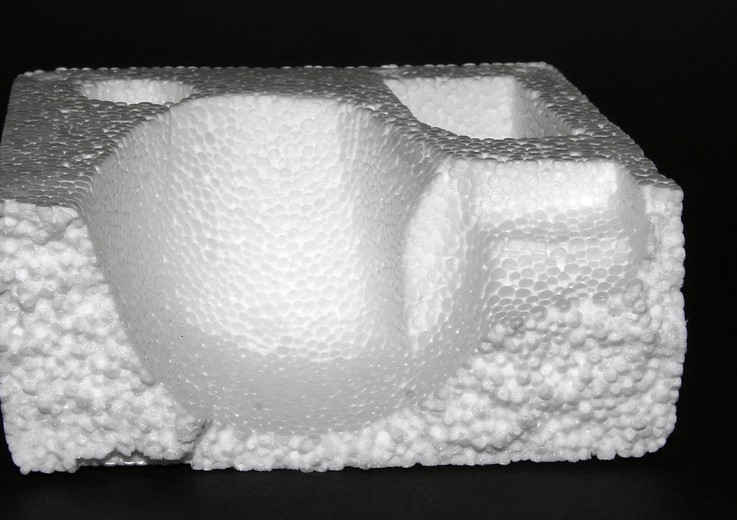PS is often combined or copolymerized with other compounds to form plastics with improved properties. Learn everything about this versatile material.
Polystyrene (PS), also called polyphenylethene, is a thermoplastic polymer obtained from the polymerization of styrene. It is a type of plastic widely used in various applications thanks to its excellent properties as an electrical insulator, resistance to chemicals such as acids and bases, and its easy reuse.
Solid polystyrene is transparent due to the lack of crystalline arrangements in the styrene molecules. It is a brittle material with poor UV resistance and has a glass transition temperature of 100ºC, meaning it begins to soften before melting.
Can it be recycled?
Yes. It is identified by recycling code number 6 and can be recycled, melted down and reused in various ways.
What are the types of polystyrene?
It can be presented in various forms, but the two main ones are:
Expanded polystyrene (EPS): Also known as “white cork” or “styrofoam,” it is an expanded form of polystyrene. It is commonly used in the form of blocks or plates with small air cells in their structure.
High Impact Polystyrene (HIPS): This type of polystyrene is stronger and more flexible than EPS and is used in applications where greater impact resistance is required.
What are its properties?
PS is often combined or copolymerized with other compounds to form plastics with improved properties. For example, polystyrene is combined with methyl methacrylate to form poly(styrene-co-methyl methacrylate) or PSMMA. The resulting material has greater clarity with greater chemical and UV resistance.
Some of the main properties of this material include:
Lightness
Good impact resistance
Electrical insulation capacity
Electrical insulation capacity
Transparency
Chemical resistance
Dimensional stability
Ease of processing
What are the uses of polystyrene?
Polystyrene is used in industries such as toys, consumer goods, insulation, packaging and in the synthesis of new plastics. It is considered one of the most common plastics and is used in solid forms, films and foams, constituting the polymer matrix in compounds and as a base for copolymerized plastics.
What are the advantages of polystyrene in injection molding?
The main advantages of polystyrene injection molding are low shrinkage, moldability, and flexibility to be used in blended and foam forms. PS, like all thermoplastics, is reusable and easily moldable. It also features low shrinkage during the injection molding process.
Polystyrene typically shrinks less than 0.5%, which is low compared to other injection molded plastics. This property allows intricate design details of parts to be captured. In addition to this, this material exhibits less warping and produces uniformly shaped parts where designers can make accurate predictions of finished part dimensions.

